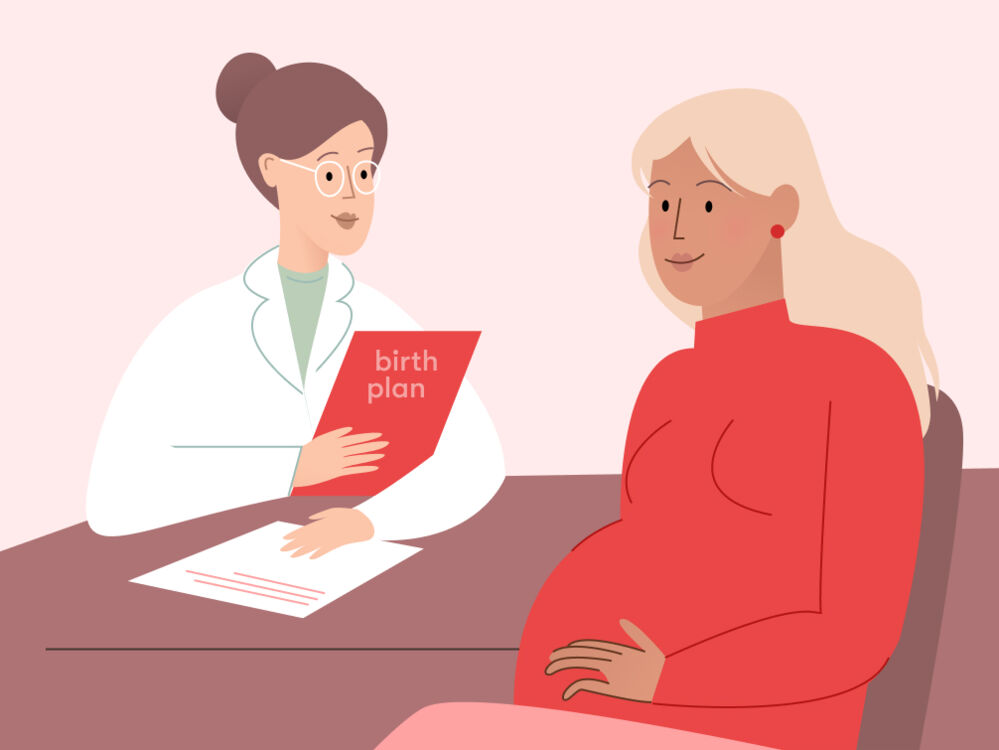You’re finally in your third trimester. You’ve done your stroller research, and with all the prenatal appointments you’ve had by now, you might feel like you know your doctor better than some of your own colleagues. The countdown to your due date is on.
And while you may (understandably) be focused on the moment that you’ll see your baby for the first time, there are still some third-trimester pregnancy symptoms you might have to contend with. By this point, you’ll know that pregnancy can throw some pretty weird and wonderful symptoms your way — and normally you can blame the changes on your hormones.


